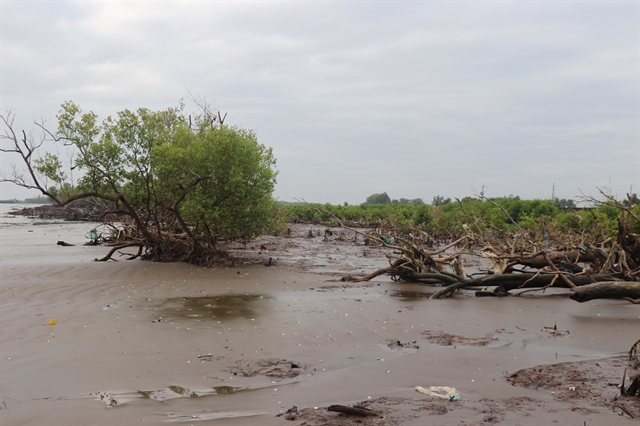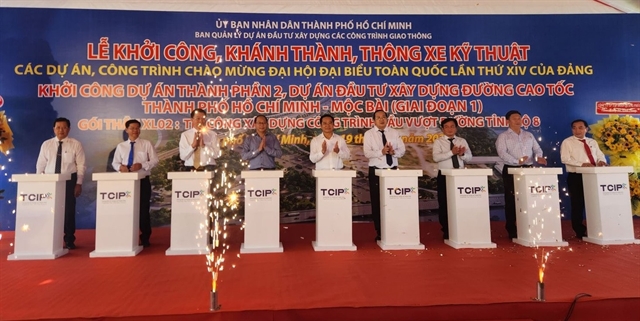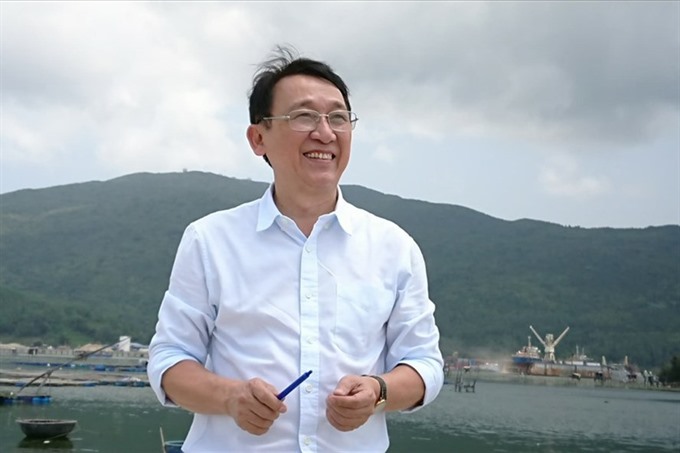 Environment
Environment

Huỳnh Tấn Vinh, head of Đà Nẵng City Tourism Association, speaks to Lao động Cuối tuần (Labour Weekend) newspaper about the recent governmental inspection of construction projects on Sơn Trà Peninsula.
 |
| Huỳnh Tấn Vinh. – Photo laodong.vn |
Huỳnh Tấn Vinh, head of Đà Nẵng City Tourism Association, speaks to Lao động Cuối tuần (Labour Weekend) newspaper about the recent governmental inspection of construction projects on
What do you expect from the inspection results, which will be published in the near future?
As the Đà Nẵng City Tourism Association and I state in our letters on
Regarding
On the other hand, we should pay more attention to developing solutions for the issue as it will be meaningless if we identify problems without making a move.
What do you think about the alterations to the Đà Nẵng authorities’ development plans after the issues with the
I find it positive that the changes have provoked the city leaders’ awareness. They focus more on how to develop the city in a sustainable way.
The changes reflect through the process of reevaluating and adjusting the city’s general design plan. Therein, environmental and cultural factors are prioritised. Before, we focused mostly on buildings and paid little attention to public spaces. Recently, the city authorities start considering the need to implement more culture and entertainment activities for people and visitors, including establishing a night market or preserving historic relics like Thành Điện Hải or Nam Ô Village temples.
By upholding community values in planning the city’s design, Đà Nẵng shows its firm commitment to sustainable development.
Some people feel sorry for what has happened to Sơn Trà. Looking on the bright side, what positives do you see?
Not only me but so many others think that the inspection conducted by the Government is a timely and important decision which offers the peninsula a chance to change the status quo.
Though the massive construction on Sơn Trà is a tragic incident, it helps to put the peninsula at the centre of the public attention and raises people’s awareness about the relations between wildlife preservation and development as well as the importance of nature to people. The incident has awakened people to the problem that in recent times economic development has been the only goal. Thanks to the sad demise of the Red-shanked douc langur (Pygathrix nemaeus), the peninsula’s most famous species, whose habitat has been heavily invaded by manmade constructions, scientists have initiated intensive research on Việt
More than anyone, Đà
What do you expect from the inspection results?
It is not a matter of withdrawing or continuing tourism construction projects on the peninsula. The concern is that, however it will develop, the wildlife of Sơn Trà must be well preserved. The community should keep fighting to protect the legacy for future children.
In the near future, the inspection results may live up to or fall short of our expectations. The adjustments by the Government and Đà Nẵng authorities may not fully satisfy public opinion. However, sustainable development cannot be achieved overnight; the concept itself changes through the years.
The one-year inspection and the shift in public opinion on issues of
It is inevitable that urbanisation can negatively affect the environment. Our mission is to strictly monitor the process.
I do not expect that Đà
In December 2017, the Government Inspectorate of Việt Nam (GIV) started the inspection on the controversial Đa Phước International Urban project, along with all investment and construction projects on the protected
The inspection will consider land use and management practices as well as forest and environmental protection on the peninsula, 10km from the city.
Eighteen out of 25 planned hotels and resorts on the